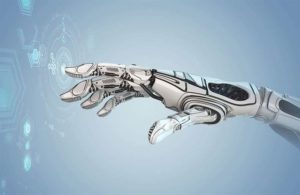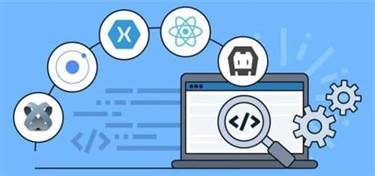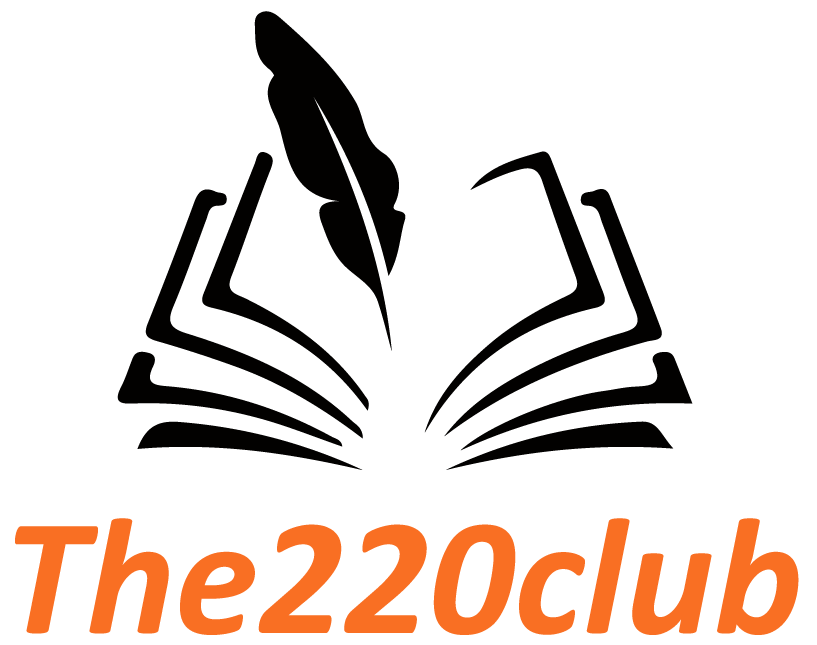For example, testers could check a series of calculations to determine whether they give correct results or ensure that text fields are filled with appropriate values. SDLC specifies the task(s) to be performed at various stages by a software engineer or developer. It ensures that the end product is able to meet the customer’s expectations and fits within the overall budget.

It has been suggested that information SDLC should not be confused with system (the delivered product) life cycle. The system life cycle begins when the SDLC delivers the final product, that is, when the implementation phase begins. The objective of this activity is to extend as long as possible the life cycle of an existing system.
Type of Value Added Products/Services
This step builds upon the planning stage, building out the tasks you need to do in the work breakdown schedule. There are plenty of tools available, such as Adobe XD or InVision, that make this process much easier than ever before. As mentioned before, the spiral model is a great option for large, complex projects. The progressive nature of the model allows developers to break a big project into smaller pieces and tackle one feature at a time, ensuring nothing is missed.

The diversity represented by these examples and their processes illustrate why there is no one-size-fits-all process that can be used to define a specific systems life cycle. Management and leadership approaches must consider the type of systems involved, their longevity, and the need for rapid adaptation to unforeseen changes, whether in competition, technology, leadership, or mission priorities. In turn, the management and leadership approaches impact the type and number of life cycle models that are deployed as well as the processes that will be used within any particular life cycle.
Systems Development Life Cycle
The Path Between the Seas won the National Book Award for history (1978), the Francis Parkman Prize (1978), the Samuel Eliot Morison Award (1978), and the Cornelius Ryan Award (1977). This is an excellent book that follows an idea from inception to its ultimately successful implementation. It also shows the problem of not anticipating critical problems outside the usual project and engineering scope.
By its core principles, we mean adaptability, customer involvement, lean development, teamwork, time, sustainability, and testing, with its two primary elements being teamwork and time (faster delivery). So rather than creating a timeline for system development life cycle model the project, agile breaks the project into individual deliverable ‘time-boxed’ pieces called sprints. This model prioritizes flexibility, adaptability, collaboration, communication, and quality while promoting early and continuous delivery.
Stage 3: Design the mockups.
Easier to trace a problem in the system to its root whenever errors are found, even after the project is completed. Documentation reduces the risks of losing personnel, easier to add people to the project. Too much time spent attending meetings, seeking approval, etc. which lead to additional cost and time to the schedule.

The Incremental Model was used in agile development, which is where the idea of rapid development and testing comes from. Agile teams develop short sprints with small chunks of work with a specific goal in mind. This is very different from the traditional Waterfall Model, which requires much more organization and planning. A new financial management system for a large organization is an example of a project that could use the Spiral Model.
What is the System Development Life Cycle?
Software development – The software development stage involves implementing all the functional and technical requirements identified in the planning phase. This includes creating code based on design specifications for each part of the application and testing it to make sure it works as planned. The waterfall model provides discipline to project management and gives a tangible output at the end of each phase.
- Today’s increasing demand for data and information security also factor into the overall planning, training, testing, and deployment of a system.
- Report on key metrics and get real-time visibility into work as it happens with roll-up reports, dashboards, and automated workflows built to keep your team connected and informed.
- A system development life cycle security testing provider offers solutions that facilitate security tests throughout the development life cycle – both in development and in production.
- DevOps also enables developers to develop and execute code faster by removing manual steps.
- The Incremental Model was used in agile development, which is where the idea of rapid development and testing comes from.
- Conceptually, the design flows from one phase down to the next, like that of a waterfall.
Project management methods shall be used to control the development process. ALM includes the entire lifecycle of the application and continues beyond SDLC. The waterfall model arranges all the phases sequentially so that each new phase depends on the outcome of the previous phase. Conceptually, the design flows from one phase down to the next, like that of a waterfall. The document sets expectations and defines common goals that aid in project planning. The team estimates costs, creates a schedule, and has a detailed plan to achieve their goals.
Risk Management Framework Planning and Initiation
The following three books are not referenced in the SEBoK text, nor are they systems engineering “texts”; however, they contain important systems engineering lessons, and readers of this SEBOK are encouraged to read them. Learners are advised to conduct additional research to ensure that courses and other credentials pursued meet their personal, professional, and financial goals. Languages like C# and Java are still in demand by employers, but many new languages are emerging, too. Before choosing a language, you need to know what you want to code, but simple front-end development languages like JavaScript, HTML, and CSS are good places to start. Software testing must take place in a specialized testing environment and should test the full functionality of the system (the test environment). All errors shall be tested after correction to ensure that they have been eliminated as part of the regression testing process and that no new ones have been introduced.

SDLC consists of a precise plan that describes how to develop, maintain, replace, and enhance specific software. The life cycle defines a method for improving the quality of software and the all-around development process. Hence, the Agile SDLC model has recently become increasingly popular and in demand. This demand can be primarily linked to the agile model’s flexibility and core principles.
Advantages of the Agile Development Model:
In other words, the team should determine the feasibility of the project and how they can implement the project successfully with the lowest risk in mind. This article will explain how SDLC works, dive deeper in each of the phases, and provide you with examples to get a better understanding of each phase. This methodology is referred to as a waterfall because the output from one stage is the input for the next stage.
